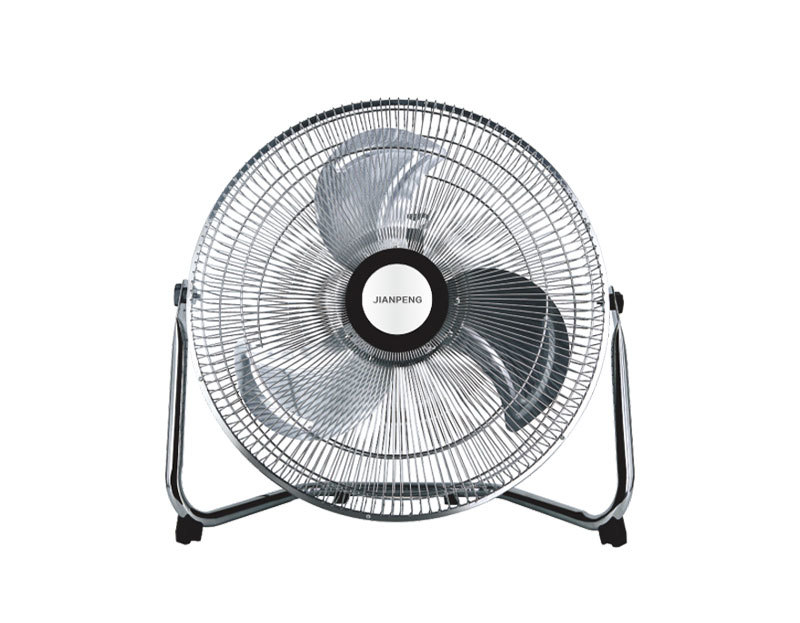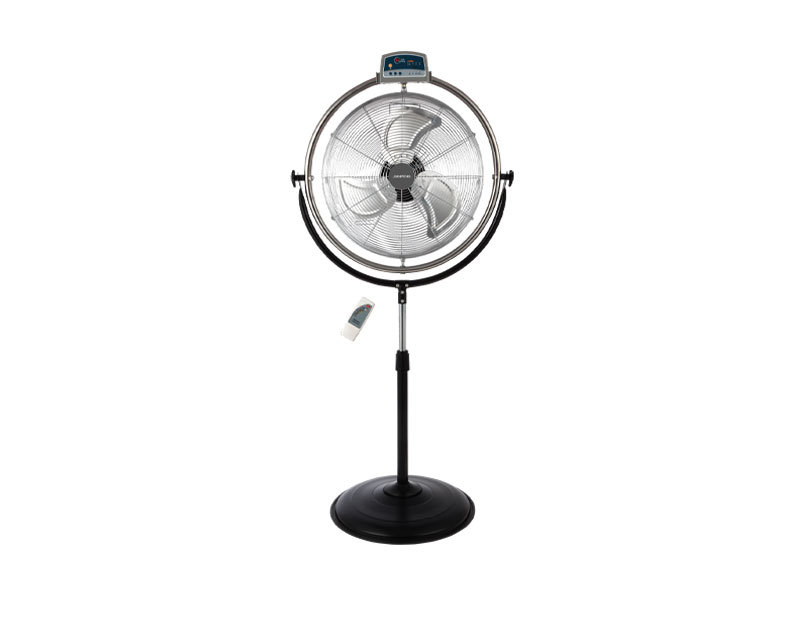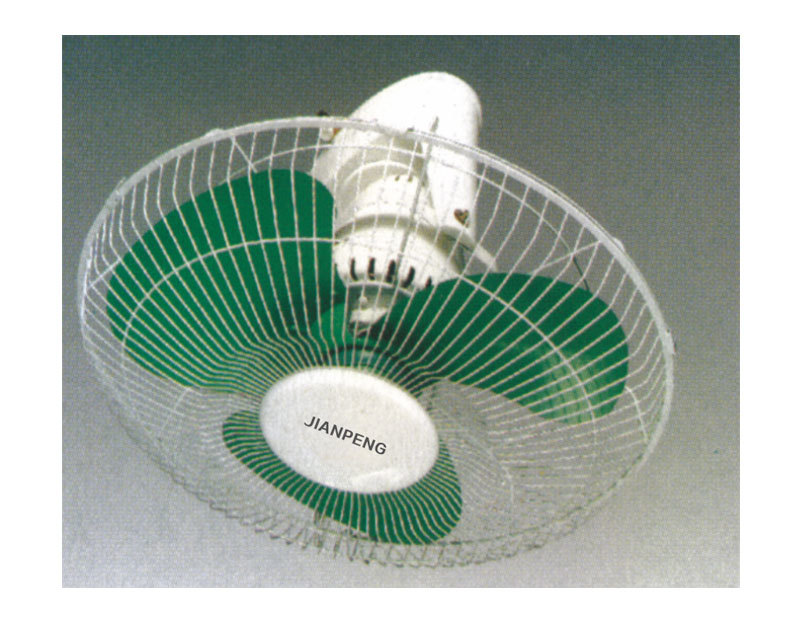News Center
2024-10-14
The Essential Guide to Industrial Fans: Maximizing Efficiency and Airflow in Your Facility
When it comes to maintaining a comfortable and efficient environment in industrial settings, industrial fans play an indispensable role. These powerful ventilation devices are designed to move large volumes of air, ensuring optimal airflow while helping to regulate temperature and humidity levels. Understanding the functionality and applications of industrial fans can significantly benefit facilities, contributing to improved air quality and energy efficiency.
Industrial fans are classified into several types, including axial fans, centrifugal fans, and mixed-flow fans. Axial fans are known for their ability to move air parallel to the fan's axis, making them ideal for applications requiring high airflow and low pressure. Centrifugal fans, on the other hand, operate by drawing air into the fan and then expelling it at a right angle. This design allows for higher static pressures and is suitable for situations where longer ductwork is necessary. Mixed-flow fans combine features of both axial and centrifugal designs, providing versatility in various applications.
The applications of industrial fans span a wide range of industries, including manufacturing, agriculture, and HVAC (Heating, Ventilation, and Air Conditioning). In manufacturing, industrial fans are commonly used for cooling machinery and employees, ensuring a safer and more productive work environment. In agricultural settings, these fans can help with aeration in livestock facilities or improve drying processes for crops. Additionally, in HVAC systems, industrial fans play a crucial role in circulating air throughout large buildings, creating a comfortable atmosphere for occupants.
When selecting an industrial fan, several factors should be considered to maximize efficiency. The size of the fan, the required airflow (measured in cubic feet per minute or CFM), and the operating conditions (such as temperature and humidity) are critical parameters to evaluate. Proper installation and maintenance are also vital to ensure the longevity and efficiency of the fan. Regular inspections and cleaning can prevent dust and debris buildup, which can hinder performance.
Moreover, energy efficiency is a significant consideration in today's environmentally conscious landscape. Many modern industrial fans are designed with energy-saving technologies, such as variable frequency drives (VFDs) that adjust fan speed based on real-time demand. This not only reduces energy consumption but also minimizes operational costs.
In conclusion, understanding the functionality, types, and applications of industrial fans is essential for optimizing airflow and maintaining a comfortable environment in industrial settings. By prioritizing efficiency and proper maintenance, facilities can reap the benefits of improved air quality, safety, and cost savings. Choosing the right industrial fan tailored to specific needs can make a substantial difference in overall operational performance.
Industrial fans are classified into several types, including axial fans, centrifugal fans, and mixed-flow fans. Axial fans are known for their ability to move air parallel to the fan's axis, making them ideal for applications requiring high airflow and low pressure. Centrifugal fans, on the other hand, operate by drawing air into the fan and then expelling it at a right angle. This design allows for higher static pressures and is suitable for situations where longer ductwork is necessary. Mixed-flow fans combine features of both axial and centrifugal designs, providing versatility in various applications.
The applications of industrial fans span a wide range of industries, including manufacturing, agriculture, and HVAC (Heating, Ventilation, and Air Conditioning). In manufacturing, industrial fans are commonly used for cooling machinery and employees, ensuring a safer and more productive work environment. In agricultural settings, these fans can help with aeration in livestock facilities or improve drying processes for crops. Additionally, in HVAC systems, industrial fans play a crucial role in circulating air throughout large buildings, creating a comfortable atmosphere for occupants.
When selecting an industrial fan, several factors should be considered to maximize efficiency. The size of the fan, the required airflow (measured in cubic feet per minute or CFM), and the operating conditions (such as temperature and humidity) are critical parameters to evaluate. Proper installation and maintenance are also vital to ensure the longevity and efficiency of the fan. Regular inspections and cleaning can prevent dust and debris buildup, which can hinder performance.
Moreover, energy efficiency is a significant consideration in today's environmentally conscious landscape. Many modern industrial fans are designed with energy-saving technologies, such as variable frequency drives (VFDs) that adjust fan speed based on real-time demand. This not only reduces energy consumption but also minimizes operational costs.
In conclusion, understanding the functionality, types, and applications of industrial fans is essential for optimizing airflow and maintaining a comfortable environment in industrial settings. By prioritizing efficiency and proper maintenance, facilities can reap the benefits of improved air quality, safety, and cost savings. Choosing the right industrial fan tailored to specific needs can make a substantial difference in overall operational performance.
Related News
Contact Information
 sales01@gdjianpeng.com
sales01@gdjianpeng.com
 86-0757-26323793
86-0757-26323793
 http://www.gdjianpeng.com/
http://www.gdjianpeng.com/
 No.19 shuikou Cang, Chongyuan Industrial Zone, Xincun, Beijiao Town, Shunde District, Foshan city, Guangdong Province
No.19 shuikou Cang, Chongyuan Industrial Zone, Xincun, Beijiao Town, Shunde District, Foshan city, Guangdong Province
Copyright © 2022 Foshan Shunde Jianpeng Industrial Co., LTD.
Powered by:300.cn Shunde SEO
business license

 Language
Language 










 18923212913
18923212913  sales01@gdjianpeng.com
sales01@gdjianpeng.com  18923212913
18923212913  Message
Message 